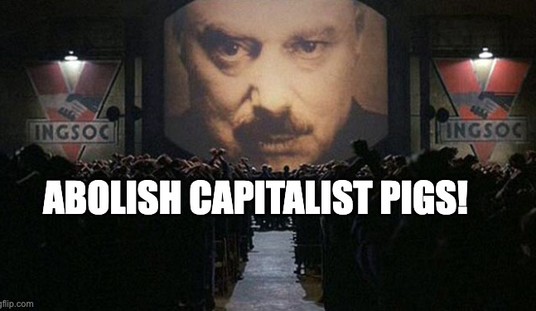Throughout the debate over ObamaCare, proponents of the bill touted over and over again a provision they claimed would help millions of small businesses, by providing a tax credit to offset the cost of insuring their employees. The President repeatedly made this pitch himself and the White House web site still claims that 4 million small businesses are eligible for this tax credit. Based on a new report from the GAO, they are going to need to revise this number down just a bit (via The Hill):
Fewer small employers claimed the Small Employer Health Insurance Tax Credit in tax year 2010 than were estimated to be eligible. While 170,300 small employers claimed it, estimates of the eligible pool by government agencies and small business advocacy groups ranged from 1.4 million to 4 million. The cost of credits claimed was $468 million. Most claims were limited to partial rather than full percentage credits (35 percent for small businesses) because of the average wage or full-time equivalent (FTE) requirements. 28,100 employers claimed the full credit percentage. In addition, 30 percent of claims had the base premium limited by the state premium average.
One factor limiting the credit’s use is that most very small employers, 83 percent by one estimate, do not offer health insurance. According to employer representatives, tax preparers, and insurance brokers that GAO met with, the credit was not large enough to incentivize employers to begin offering insurance. Complex rules on FTEs and average wages also limited use. In addition, tax preparer groups GAO met with generally said the time needed to calculate the credit deterred claims. Options to address these factors, such as expanded eligibility requirements, have trade-offs, including less precise targeting of employers and higher costs to the Federal government.
If the quality of the Administration’s economic analysis hadn’t already proven to be nearly worthless the discrepancy here would be stunning. With only 170K small businesses benefiting from this tax credit, that’s barely 4% of the number touted by the White House. They were off by over 95%!
While I suppose this is a good thing for those worried about the cost of ObamaCare, it’s yet another example of how the law was misrepresented to the public during the legislative process. Because the ineffectiveness of this tax credit would have been obvious to anyone with a small business background, or common sense for that matter. The problem is nicely illustrated by the table below from the GAO (click to enlarge). The law provides for a maximum tax credit of 35%, but only businesses with fewer than 10 employees and with an average wage of less than $25K per year are eligible for the full amount. The tax benefit scales down rapidly for larger businesses, or for business whose employees earn more on average.
The tax credit could have been the full 35% for all businesses in this chart and it wouldn’t have made much of a difference, except for businesses already providing insurance. And I’d wager that most of the 170K business claiming this credit already fall into this category. Because spending a dollar to save 35 cents is not a winning business proposition, especially in an economic climate where so many small businesses are struggling to get by. And small business owners aren’t stupid either. It’s not lost on them that this tax credit sunsets after a few years, while the cost of providing health insurance will only climb with all the coverage mandates included in ObamaCare.
This isn’t lost on larger businesses either and once government subsidies for the uninsured kick-in starting in 2014, expect more and more companies with low average wages to dump their employees on to the government-controlled insurances exchanges. With policies designed this poorly, some might wonder whether this was the intent all along.









Join the conversation as a VIP Member